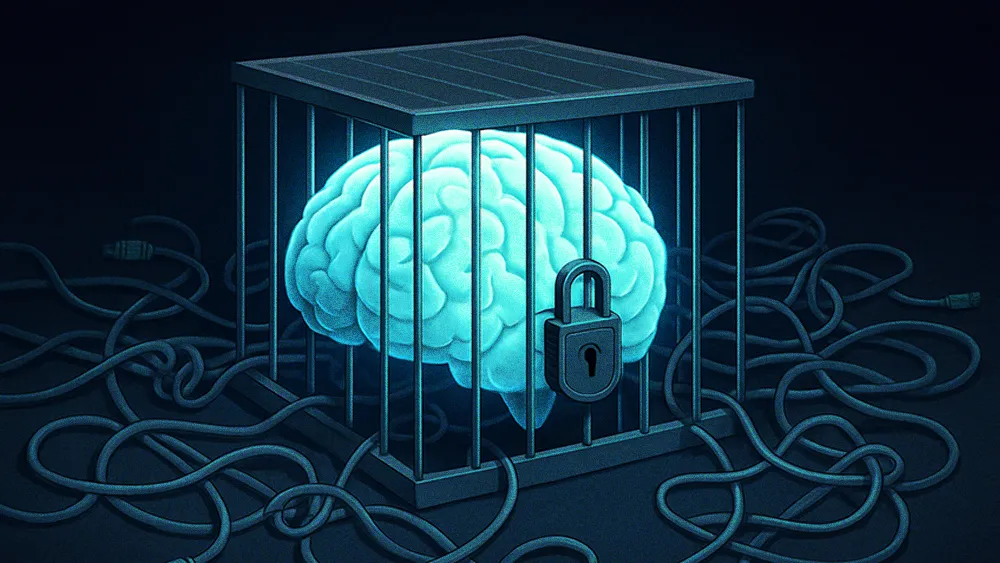


Marketers face uncertainty as AI platforms replace traditional SEO, disrupting established discovery methods.
Dave Anderson, VP of Product Marketing at Contentsquare, outlines the obsolescence of old marketing strategies in the face of AI-driven changes.
Solving customer problems wins over showcasing AI capabilities to avoid consumer fatigue.
Anderson calls for fostering a culture that encourages learning from failure and sharing insights.
He urges businesses to focus on core business questions to guide AI integration effectively.
For years, marketers relied on SEO to understand how customers discovered them. It provided structure and a sense of cause and effect, even if imperfect. But that foundation has quietly dissolved. As discovery shifts into AI platforms, the signals are harder to read, the outcomes less predictable, and brands are left working in an environment defined more by uncertainty than by rules.
We spoke with Dave Anderson, VP of Product Marketing at Contentsquare and a seasoned marketing leader who helped steer Dynatrace through its successful 2019 IPO and previously served as an AI Evangelist for DataRobot. Drawing on decades of experience, Anderson is also the host of the Tech Seeking Human podcast, exploring the intersection of disruptive technology and humanity. After attending a recent talk by Perplexity at CommerceNext, he argued that the industry’s marketing playbook is not just outdated—it’s been rendered completely obsolete.
For him, the first step to navigating the new AI-driven reality is admitting that no one has a map. The paralysis many brands feel is a direct result of a tectonic shift in how customers discover products, a shift that has left the old world of search engine optimization in ruins. Anderson’s epiphany crystallized while watching the panel, where he was struck by the contrast between the industry’s typical bravado and the radical honesty of the AI-native search engine.
The known unknown: "As marketers and product leaders, a lot of people fake it 'til they make it. But the thing that really struck me was Perplexity's willingness to admit they don't know. They gave the position that there is no possible way to know the answer because it hasn't been developed yet. It's a known unknown."
This candor confirmed a dawning realization: the entire ecosystem built around SEO, from consultants to analytics tools, simply does not exist for this new paradigm.
An ecosystem vanishes: "During the SEO days, Neil Patel came out and said, 'This is how you do it.' Moz came out with these SEO audits. But none of this stuff exists for the current landscape. It's mind blowing that this is the dawn of a completely different marketing world, and we can see it coming because we saw the same thing happen with SEO."
The external market chaos is compounded by an internal mistake many brands are making: leading with the technology instead of the customer's problem. Anderson shared a powerful anecdote from his own company’s booth, where the mere mention of AI caused a potential customer’s interest to plummet.
The AI eye roll: "The mistake we made is leading with, 'We have AI and our AI is better than your AI.' What I noticed when people came to the stand is they went, 'I don't care that you have AI. I would expect that you have AI. How is it solving my problem?' The person's reaction was a visible eye roll. If they were 90% on board to start, when we presented AI, it went down to 50%."
For Anderson, this moment was a visceral lesson in the growing fatigue and skepticism surrounding AI hype. It reinforced that the path forward isn’t about having a better AI, but a better understanding of the problem you solve. To get "unstuck," he argued, leaders must foster a culture of psychological safety and structured experimentation, where failure is a recognized part of the learning process.
The prescription: "We are giving people the time and space to learn and experiment. It's totally okay not to know. It's okay to try something and come back and get it completely wrong. But you have to create a central function that allows people to share what they've learned, so you don't end up with 10 different versions of the same tool doing the same things."
Ultimately, Anderson’s advice was a call to return to first principles. In an era of unprecedented technological churn, the only reliable anchor is a relentless focus on the fundamental questions that should drive any business decision.
"You have to go back to the fundamentals of why you are in business. Otherwise, you just get lost in, 'Let's play with some more AI today and create things we don't need.' You have to go back to asking: If we build this, if we use this, if we make this effort, why are we doing it? What problem is it solving? How will it help us?"